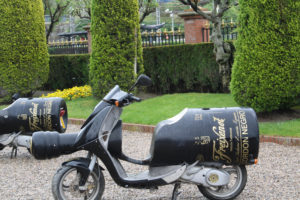But…you might be carrying something you don’t consider a drug that is actually a drug in another country.

Did you realize some popular prescription and over-the-counter drugs are illegal in some countries? Things like pain relief, better sleep, allergies and even the common cold medicines.
The United Arab Emirates and Japan, for example, are among the most restrictive nations. However, other countries ban or restrict importing narcotics, sedatives, amphetamines, and others.
Most travelers won’t run into problems for carrying small amounts for personal use, said Katherine L. Harmon, who oversees health analysis for iJET International, a travel risk management company. But noncompliance can result in confiscation, (which could, in turn, have severe medical consequences), deportation, jail time, and even the death penalty. “Does it happen a lot? No. Could it? Yes,” Ms. Harmon said. “Consumers need to understand this and how it might adversely impact them before they book that awesome trip to an exotic location.”
Plan Ahead
Laws vary by country and there is no central, up-to date repository. It would be best to consult with your physician, travel medical insurance company, or local pharmacist four to six weeks before traveling. Another good thing to do is to check with the embassy of your destination country. The State Department website lists foreign embassies in the United States, and their contact information.
Be sure to label and pack all you medication properly and easy to read. Carry all your medication, including vitamins and supplements, in their original, clearly marked containers or packaging. Put these in a clear plastic bag in your carry-on luggage. Make sure everything including the name on the prescription, the medicine container, and your passport all match. If you lost the product information insert, ask the pharmacist to print a new one for you.
If you have any gel-type medication, let TSA know that when you go through security. You don’t need them taking it because they don’t know what it is.
















